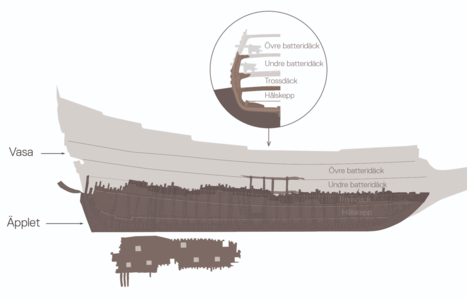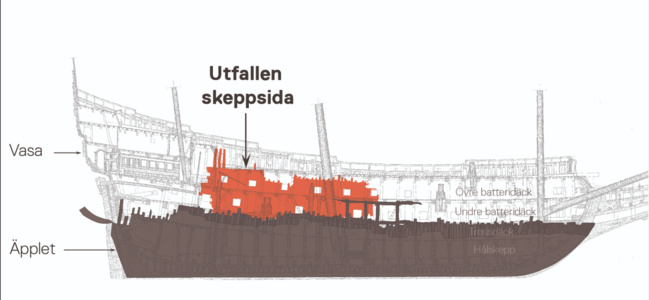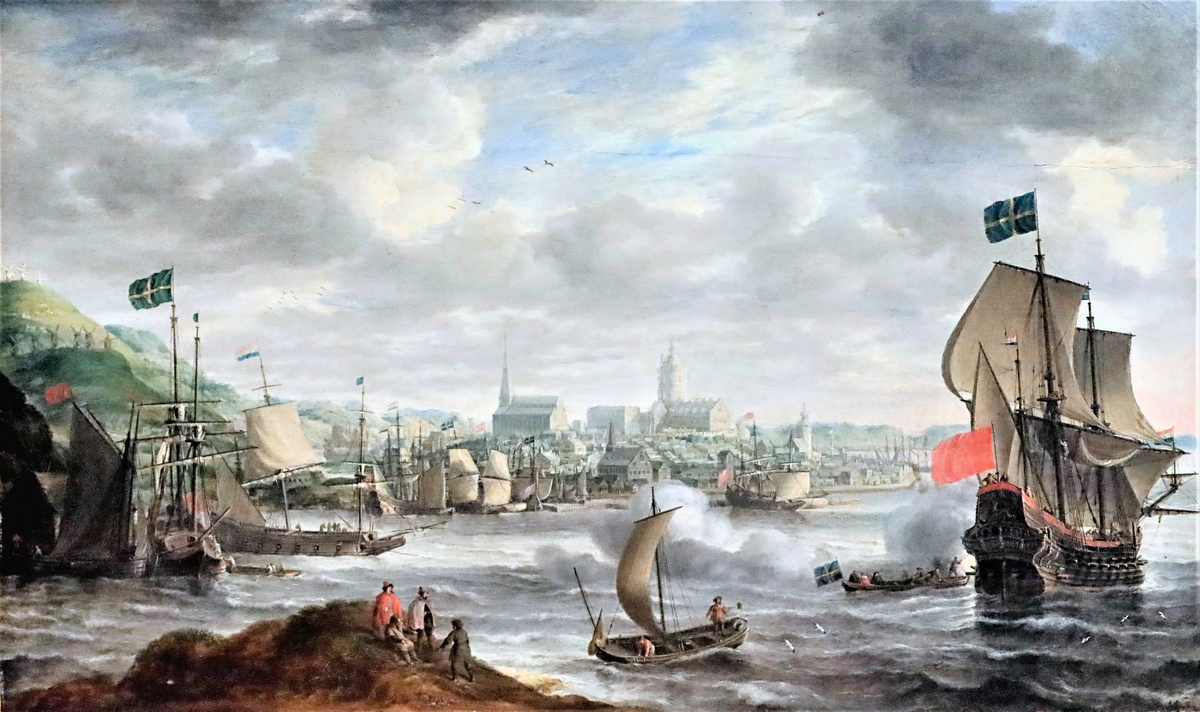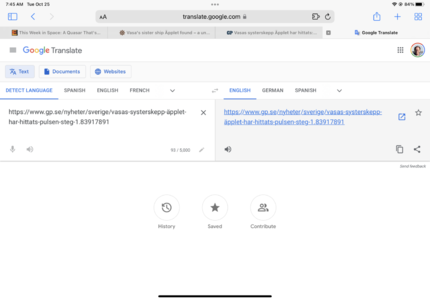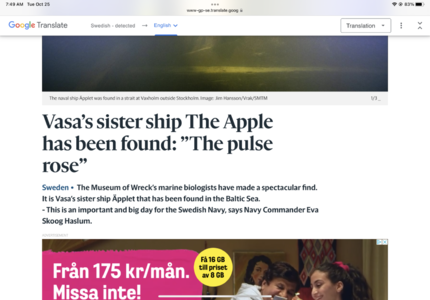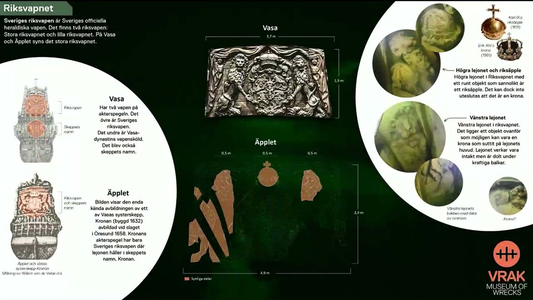Vasa's sister ship Äpplet found – a unique historical discovery
Marine archaeologists from Vrak - Museum of Wrecks, have found the wreck of the ship Äpplet (the Apple). The ship was launched in 1629 and was constructed by the same shipbuilder that built the ship Vasa only a year earlier. Experts within the research programme "The Forgotten Fleet" can now confirm that the discovery is in fact the Apple - Vasa's sister ship.
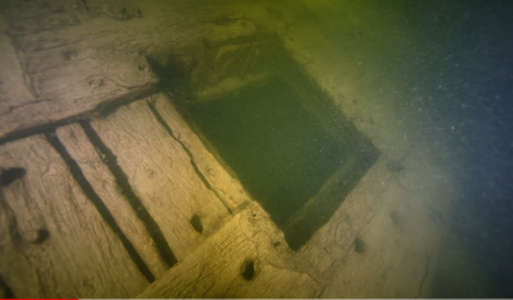
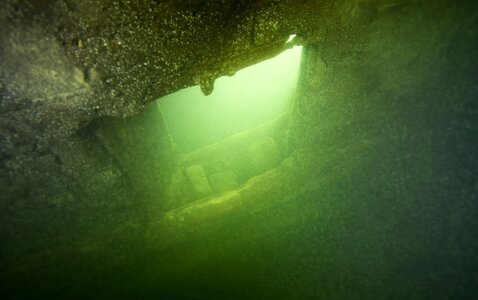
Gunport at Äpplet. Photo: Jim Hansson Vrak/SMTM
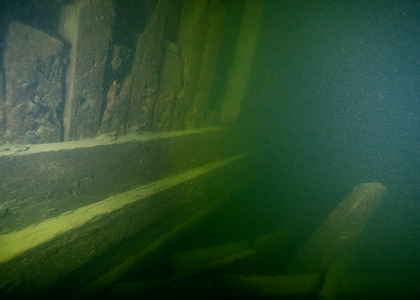
Äpplet (the Apple), port side of the hull with cutout for cannon port. Photo: Jim Hansson, Vrak/SMTM.

 www.su.se
www.su.se

 www.vrak.se
www.vrak.se
Marine archaeologists from Vrak - Museum of Wrecks, have found the wreck of the ship Äpplet (the Apple). The ship was launched in 1629 and was constructed by the same shipbuilder that built the ship Vasa only a year earlier. Experts within the research programme "The Forgotten Fleet" can now confirm that the discovery is in fact the Apple - Vasa's sister ship.


Gunport at Äpplet. Photo: Jim Hansson Vrak/SMTM

Äpplet (the Apple), port side of the hull with cutout for cannon port. Photo: Jim Hansson, Vrak/SMTM.

Vasa's sister ship Äpplet found – a unique historical discovery - Stockholm University
Maritime archaeologists from Vrak have discovered the wreck of ship Äpplet (The Apple), a 17th century warship.

Vrak - Äpplet
When king Gustav II Adolf ordered ships for his fleet one of them sank and became world famous: Vasa. But the ship has a sister: Äpplet.



